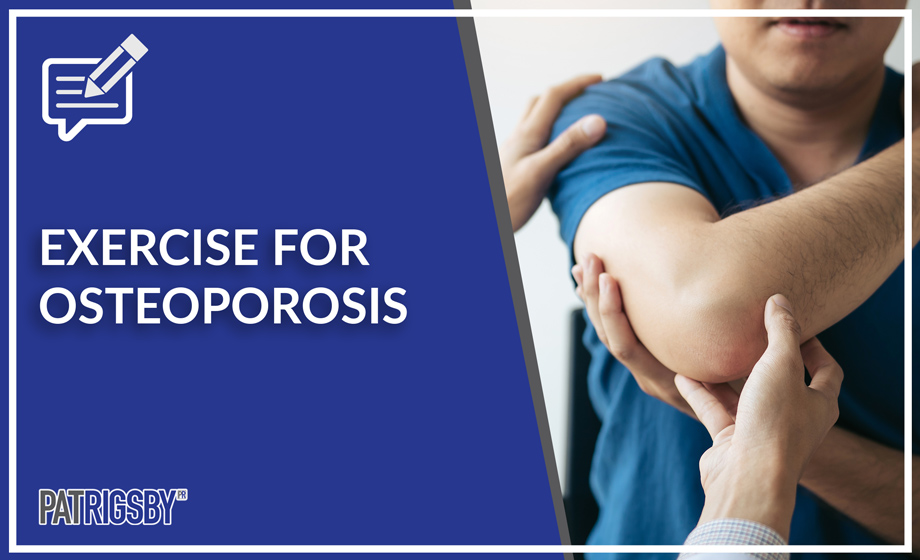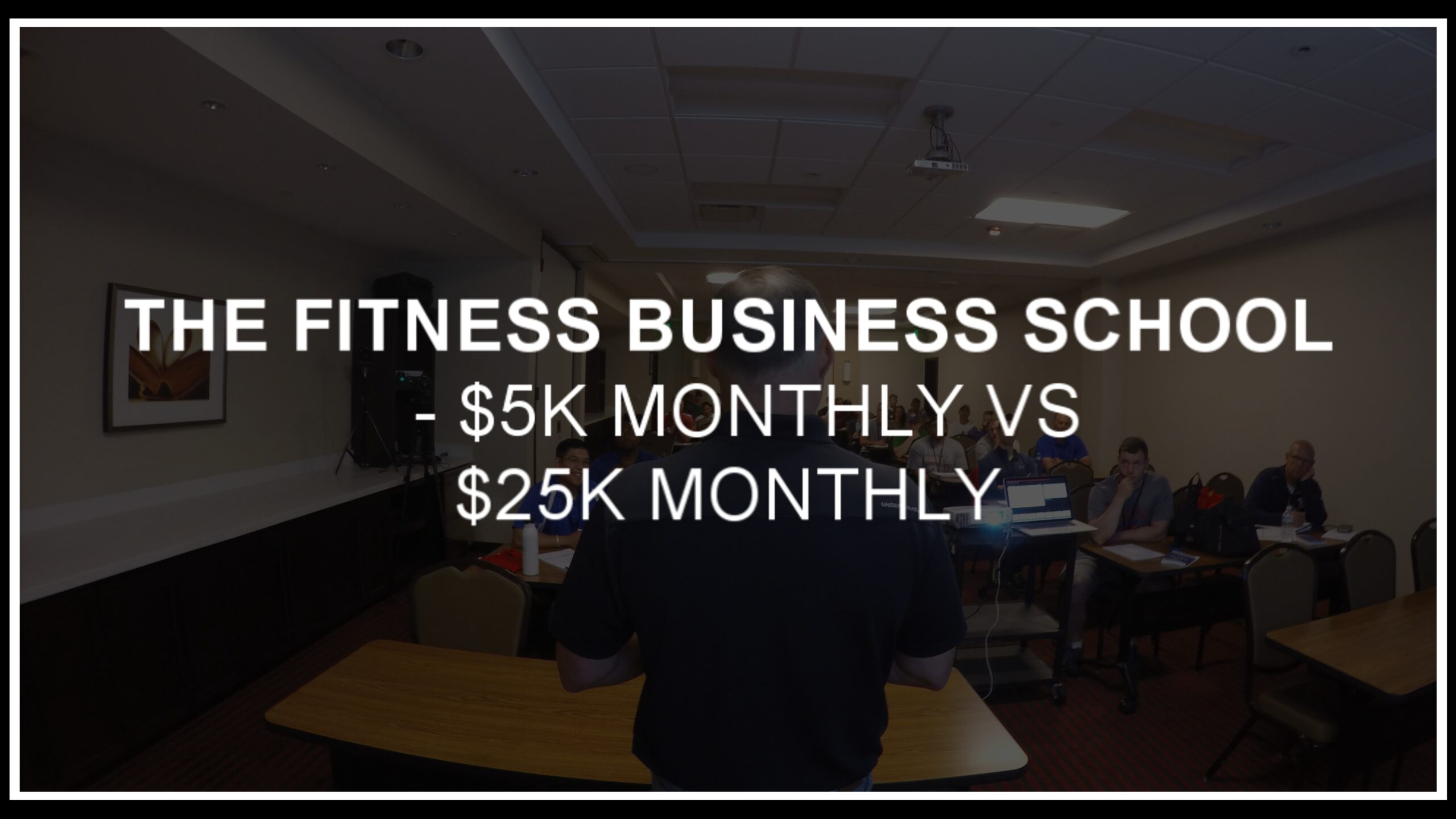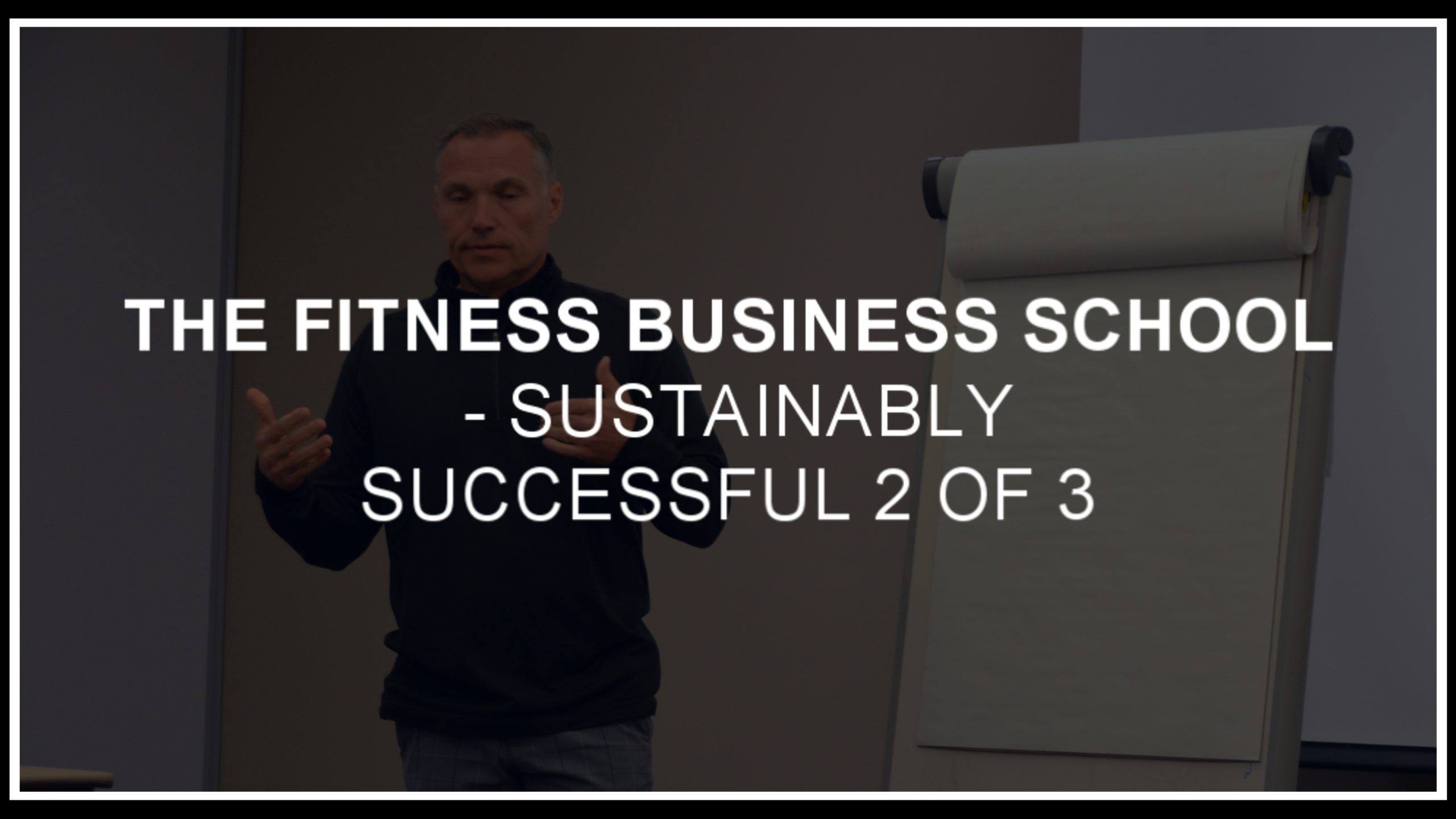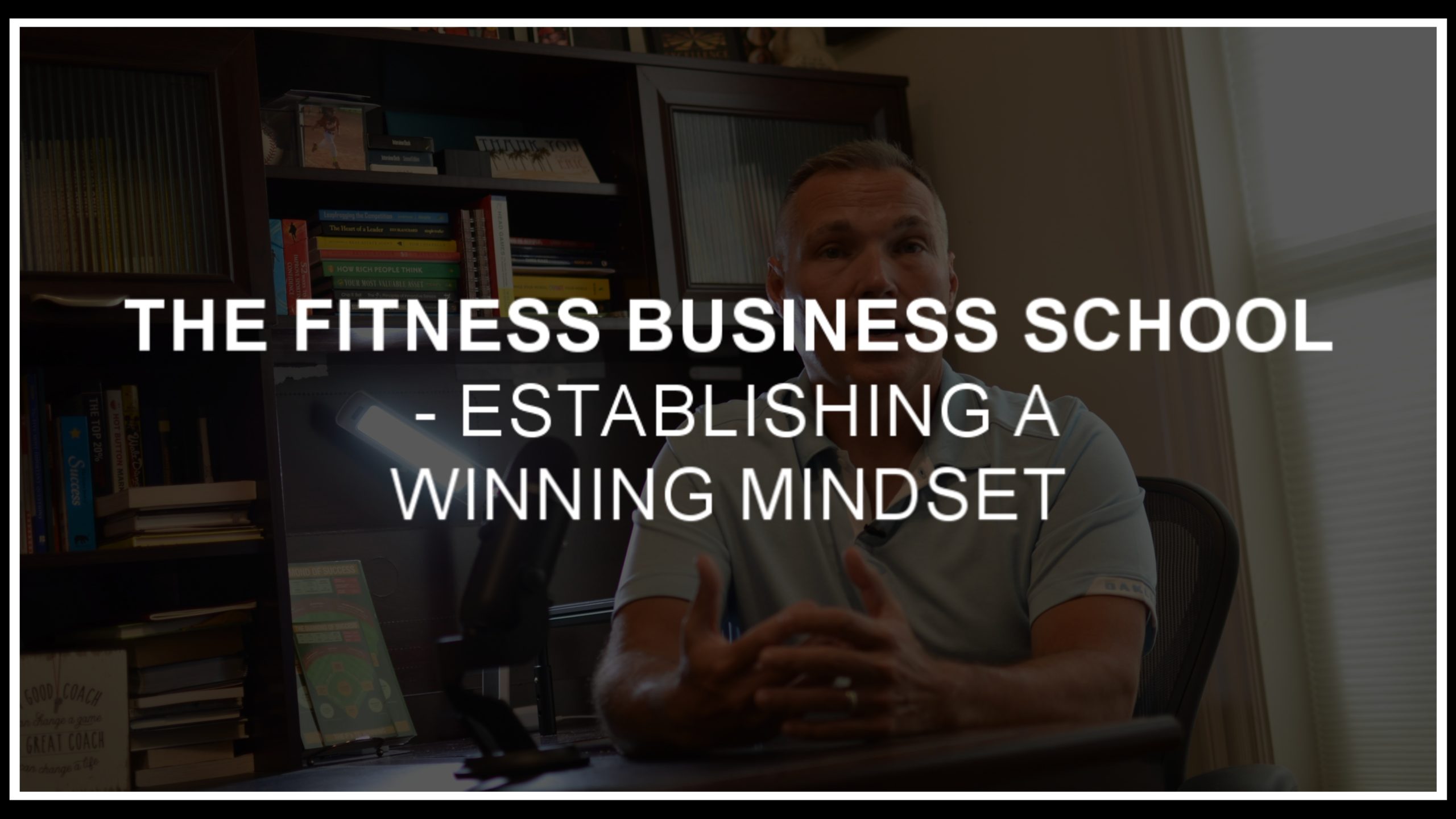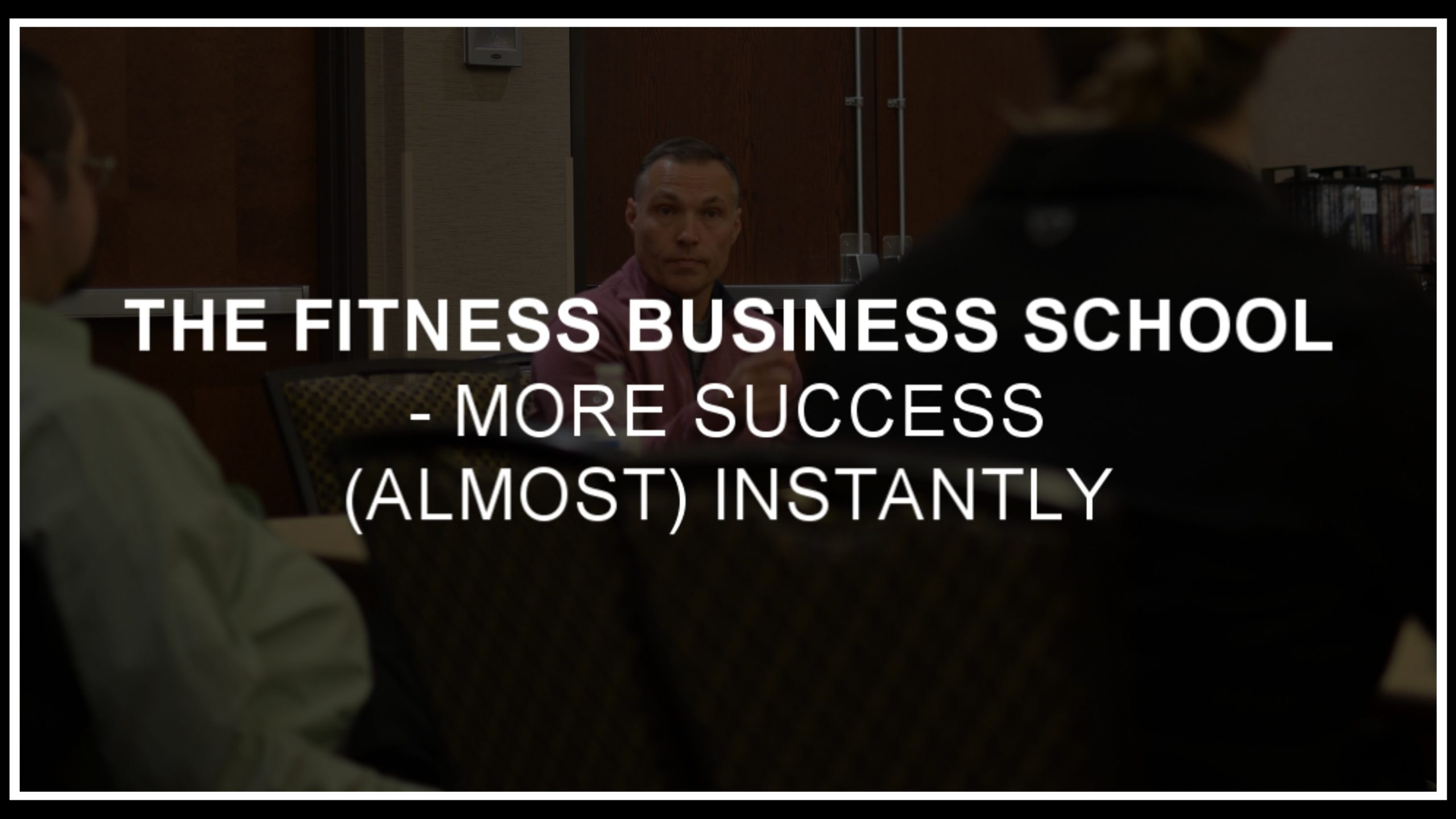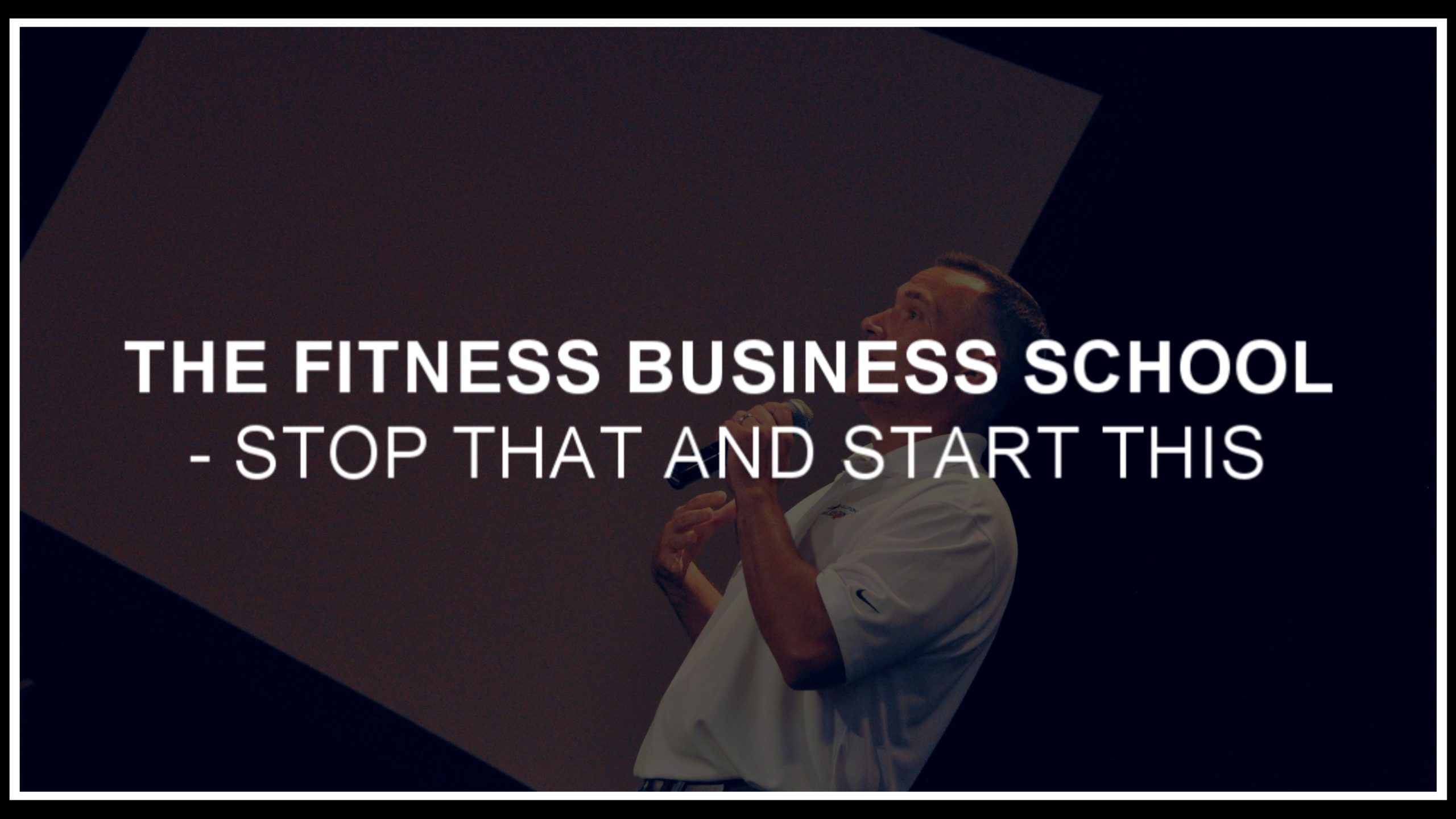Exercise for Osteoporosis: The Correct Exercise Prescription
By: Igor Klibanov, B.A. (Spec. Hons.), CTT, RTP
As a fitness professional, you undoubtedly know how prevalent osteoporosis is, and you may even work with people who have it. However, what is currently taught is simply how to avoid making it worse. And any improvements that come in bone density are simply a side effect of exercise. But what if there was a direct way to exercise specifically for greater bone density? What kind of impact would it have on your business?
Would you now be able to send a letter to your client’s doctor, explaining the scientific basis behind your recommendations? Would that help with medical referrals? Would you separate yourself from other trainers? Would you be able to carve a niche for yourself as the “medical exercise guru” of your community? I’ve done that, and you can too. So let’s jump in.
Do you have clients with osteoporosis? If so, you’ll want to read this article, because this is going to be the most thorough, detailed, and comprehensive article on the internet about how to exercise for people with osteoporosis.
If your clients have osteoporosis they may be worried that:
- One or both of their parents/grandparents had osteoporosis, and fractured a bone, or more than one bone
- The smallest impact would cause a fracture in one of their bones
- They’ll become disabled, and have to rely on others to help them just get through their day
- If they don’t do anything about it, they’ll become frail
- With all this concern, they’ll become a burden on their kids and grandkids
Osteoporosis is no joke. You don’t feel pain, and you often don’t even know you have it until 1 of 2 things happens:
- Your doctor orders a bone density scan and diagnoses you with osteoporosis: brittle bones.
- You fracture or break a bone with seemingly little impact. Not a crazy snowboarding accident that would break the bones of even a strong, young man. But even something as gentle as bumping into your bedpost at night. Then, there’s pain.
Since we don’t want to fracture or break anything, we want to either prevent it, if you’re at risk, or reverse it if you already have it (yes, it can be reversed).
So this is going to be the most comprehensive article around on exercise for osteoporosis. In this article we’re going to cover:
- What osteoporosis is
- What predisposes a person to osteoporosis
- What type of exercise is traditionally recommended for osteoporosis, and why it’s not enough
- What is the best type of exercise for osteoporosis
- Exercises for osteoporosis of the spine
- Exercises for osteoporosis of the hip
- Exercises to avoid if your clients have osteoporosis
- What kinds of improvements you can expect
- My personal recommendations
What is Osteoporosis
The literal definition of osteoporosis is porous bone. In other words, there is less bone. Have you ever eaten an Aero chocolate bar? Right, you’re a fit pro. You won’t admit it 😉 The inside of that is how healthy bone looks. It’s not just a long dense tube of solid bone. Rather, there are little “air bubbles” inside that bone. By comparison, a bone that has osteoporosis looks more like Swiss cheese. Big holes in the bone.
And it doesn’t hurt. So as mentioned, you usually don’t know you have osteoporosis until you either get scanned, or you fracture something without much impact.
Yes, bone declines with age, and a 60 year old will have lower bone density than a 30 year old, but there’s an acceptable decline, and an unacceptable decline. If the decline is faster than anticipated, that’s when a diagnosis of osteoporosis is made (though there’s a step before osteoporosis, and it’s called “osteopenia”).
What Predisposes a Person to Osteoporosis
So how do you know if your clients are at risk for osteoporosis? There are a few risk factors:
- Hormonal changes: lower estrogen and testosterone levels, as well as high thyroid levels
- Insufficient dietary calcium. Vegans, and vegetarians that don’t use dairy (the dairy thing is a whole other argument that I don’t want to touch in this article. Perhaps a topic for a future article) should really watch out for that. Contrary to vegan propaganda popular belief, spinach, broccoli and kale have a calcium content of nearly zilch.
- Low vitamin D levels
- Poor absorption. If someone has Irritable Bowel Syndrome (IBS), Inflammatory Bowel Disease (IBD), Crohn’s, colitis, or any other malabsorptive conditions, they are at risk for osteoporosis.
- Past surgery for absorption disorders
- Long-term use of medications for heartburn or acid reflux. They decrease stomach acid, which decreases absorption of calcium
- Long-term use of anti-inflammatory steroids, like prednisone, and cortisone
- Not doing impactful exercise (so swimming, walking, and cycling don’t do a heck of a lot for bone density, even though they may be good for the heart and immune system)
Fortunately, most of these are factors that are completely within your clients’ control, or at least influence.
Then there are factors that you can’t really do anything about, like:
- Age
- Sex. Women have way more osteoporosis compared to men
- Race. East Asians are at greater risk compared to everyone else
- Frame size. If you’re small boned, you have a higher risk of osteoporosis.
What Type of Exercise is Traditionally Recommended for Osteoporosis and Why It’s Not Enough
Traditionally, it is recommended that people with osteoporosis do “weight bearing exercise.” That means exercises where you have to support your own body weight, instead of having your bodyweight supported externally (like by a bicycle, rowing machine, water, etc.).
So what’s the most obvious weight-bearing exercise? Walking. And that’s what a lot of people with osteoporosis turn to. Although walking isn’t bad, it’s not that great either.
Walking will only increase bone density if a person was completely sedentary to begin with. But if a person was already walking beforehand, walking more won’t help. A number of studies that lasted over 6 months, and had participants walk concluded that “walking as a singular exercise therapy has no significant effects on BMD [Bone Mineral Density] at the lumbar spine [lower back], at the radius [the wrist], or for the whole body in perimenopausal and postmenopausal women.” Another large meta-analysis found the same thing: walking is not enough.
The Best Exercise for Osteoporosis
Here, we really have to distinguish between the best exercise for prevention vs. treatment.
By far, the best exercise for the prevention of osteoporosis is jumping. It’s better than walking, it’s better than running, and it’s better than strength training.
Fortunately, it also takes minimal time. A person should jump on a regular basis. Let’s say that a person jumps 50 times per day (spread throughout the day), how long does that take? Not long. Fifty jumps may be only 100-150 seconds. Quick! And yet, its impact on bone density is larger than anything else you can do.
And how you jump doesn’t really matter – whether you jump for height, or for length.
However, the key to making jumps work is to jump as high or as far as possible. So something like skipping rope is fine, but it’s not THE most effective. The aim of jumping rope is to jump as low as possible, to clear the rope. Jumping as high or as far as you can is much better for bone density.
You have to jump on a solid surface – not a trampoline/rebounder. The trampoline takes away the impact of jumping, which is the whole point.
So that’s the best exercise to do for the prevention of osteoporosis – before you have it. But it’s not the best for the treatment of osteoporosis.
The high impact nature of jumping makes it great to already strong bones, that can take it. But for weak bones, jumping may actually cause a fracture.
So someone with osteoporosis may need to work up to jumping. How do you work your clients up to jumping? With our clients, we have them perform 6-9 months of strength training before adding jumping to their routine.
But “strength training” is a general term. The devil is in the details 😉
There’s a proper way to strength train for osteoporosis, which is very different than strength training for just general toning, which is still different than strength training for fat loss, and other goals.
But that’s a secret, I can’t reveal what the proper method of strength training is for osteoporosis.
Just kidding.
We’re buds, so I’ll tell you 🙂
In one study, researchers divided up participants (who were both men and women, 60-83 years old) into 3 groups:
- Group 1: control group. They didn’t exercise
- Group 2: low intensity strength training. They did 1 set of 13 reps at 50% of their maximum, 3 times per week, for 6 months.
- Group 3: high intensity strength training. They did 1 set of 8 reps at 80% of their maximum, 3 times per week for 6 months
At the end of 6 months, group 1 saw no changes. Group 2 improved their strength, but not their bone density. Group 3 improved their bone density by almost 2%. What does this tell us? That light strength training is not enough to strengthen bones.
One large meta-analysis, that reviewed a bunch of studies found that strength training, using 2-3 sets of 8-12 reps, with 70-90% of your maximum, done about 3 times increases bone density.
To amp up your results, pay attention to the tempo of the exercise. That is how fast you lift weights. In one study, postmenopausal women were divided into 2 groups:
- Group 1: traditional strength training
- Group 2: same as the group above, but they lifted the weights as fast as possible. Same exercises, same sets, same reps, same frequency.
Despite everything being the same between groups 1 and 2, there was a HUGE difference in bone density in favour of group 2, after 2 years.
There is one important point to mention in exercise for osteoporosis – location matters. That is, your bones will only get stronger if you work the muscles around those bones. For example, if you have osteoporosis at either your hip or your lower back, doing biceps curls won’t help your hip or lower back.
Exercises for Osteoporosis of the Spine
We’ve talked in general about the parameters necessary to improve bone density (the paramaters being: type of exercise, frequency, intensity, and quantity). Now let’s talk specific exercises.
And you don’t need a million different ones. You just need 2-3 that you’ll perform correctly, and progressively.
To that end, some of the best exercises for osteoporosis of the spine are:
- Deadlifts
- Good mornings
- Back extensions
Exercises for Osteoporosis of the Hip
As for osteoporosis of the hip, deadlifts give a double bang for your buck. But in addition to that, other good exercises would be:
- Squats
- Step ups
Again, I want to emphasize that the exercises themselves are less important than using the right progression, and intensity.
Exercises to Avoid if You Have Osteoporosis
There are very few restrictions for people with osteoporosis, since assuming no other issues, their joints are fairly healthy.
However, there are certain cautions.
One group of exercises that should be avoided initially (but can and should be incorporate later) for people with osteoporosis is jumping.
Again, jumping is a very strong stimulus to the bone, and for someone without osteoporosis, it’s not a problem. For someone with osteoporosis, it can fracture bones.
Another group of exercises that should be avoided by people with osteoporosis of the lower back is bending and twisting at the same time. It shouldn’t be done, because it decreases the space between the vertebrae, and may cause a fracture. This is assuming the bend comes at the spine, as in situps, crunches, or the plow position. If the bend happens at the hips, but the spine stays neutral (as in deadlifts and good mornings), there’s no problem.
And again, this is just for osteoporosis of the spine. If your spine is fine, but the osteoporosis is elsewhere, then this isn’t that big of a deal.
What Kinds of Improvements You Can Expect
With just exercise alone (no changes in nutrition, not taking medications or supplements), you can increase bone density by somewhere in the 2-5% range in a 1-year period. It may be a bit higher over a 2-year period, but this is all conditional. Again, exercise is not enough. The right exercise, with the right progression model and intensity yields these results. Exercise without a purpose or a progression doesn’t bring these results.
This is just exercise by itself. But with our clients, we like to get better results than that. We have more tools in our toolbox – nutrition and supplements.
Combine all 3 – exercise, nutrition and supplements, and we’ll typically see improvements of 10-13% over a 1-2 year period. Hence our success, with clients like Darlene. In fact, it’s often jaw-dropping to doctors to see that kind of progress in people over 50. These numbers are not from research (because I’m not aware of any studies that combine exercise, plus nutrition, plus supplements). Rather, they are from experience working directly with clients who have/had osteoporosis.
Just to put things in perspective, the leading medication for osteoporosis, Fosamax improves bone density by 4-8% over a 3-year period.
My Recommendations
Research is one thing, and I love it as a starting point. However, sometimes there’s just not enough research that exists yet to answer every question. For now, us, as fitness professionals must extrapolate, and learn from experience, client results and other sources. So here’s how my staff and I approach exercise for osteoporosis:
Phase 1: 6-9 months
During this phase, our clients do strength training exclusively. This is done 3 times per week, using multiple exercises, with more exercises devoted to the areas where the osteoporosis is found.
The number of reps used is 5-8, the number of sets is 3-5, and we have our clients do an explosive concentric, and a 4-second eccentric.
Phase 2: 3-6 months
After 6-9 months of progressive strength training, it should have strengthened our clients’ bones to the point where now they should be able to tolerate slightly more impact.
This phase we’ll have our clients doing similar strength training as in phase 1, but maybe 1-2 sets fewer.
But in this phase, we’ll have our clients jumping on to a platform 15-30 centimetres (6-12 inches) in height, and step off. The reason they jump up, but we eliminate the downward component is because it’s the coming down part that the majority of the trauma on the bones occurs. We like to be a bit on the conservative side, and not go into straight, up-and-down jumping just yet. Give the bones some more time to get stronger, by adapting to the impact of just jumping up.
In this phase, our clients may do 50-70 jumps over the period of a one-hour training session.
Phase 3: 3-6 months
This phase is similar to phase 2, but instead of jumping on to a platform, and stepping off, this time, they jump up and down in place. Now, after 9-15 months of progressive and correct strength + jump training, they are ready to handle the impact of “coming down.”
In this phase, our clients do 30-50 jumps, spread across the full session.
The strength training is more or less similar to the previous 2 phases.
Phase 4: 3-6 months
This is the final phase, when the bones are taking the most impact. If the downwards part of a jump is the one that produces the most impact, we’re going to maximize that in this phase, because by now, our clients have been training for around 1.5-2 years correctly and progressively, and the bones can take the impact.
So what do we do in this phase? The strength training remains more or less the same.
The jumps though, we have our client climb up on a platform that is 30-60 cm in height (1-2 feet), jump off that platform, and stick the landing. If you’re a user of plyometrics, you’ll know these are called “depth landings.”
At this point, our client is doing 20-35 reps spread across the session.
Phase 5: Go to the doctor, impress him/her with your test results
‘nuf said 😉
And that is how someone with osteoporosis and osteopenia can improve their bone density, and reduce the risk of fractures and bone breaks. As a result, your clients can expect:
- To be stronger, therefore making their daily life, like opening doors, carrying groceries, moving furniture to be easier
- To have more confidence in taking on activities that they really want, like skiing, or golfing, or tennis.
- To not be constantly concerned about breaking a bone, when bumping into furniture, or having a grandkid run into them
To not have to become disabled if they fall. They may get a bruise, and it’ll hurt, but they’ll be fine in a few days. They may not break a bone, that leads to the long-term vicious cycle of disability, and immobility.
P.S. – 6-Weeks of Coaching…Free.
Get a surge of new clients and revenue over the next 6 Weeks with ZERO FEE and no obligation to continue?
If you’re a current business owner who wants to add 50K or more in annual revenue over the next 12 month, you can Test Drive our coaching program for 6 Weeks with no fee or even an obligation to continue as a way to demonstrate how we can help you grow your business.
No strings attached. No obligation. You get our best coaching & tools…and hopefully, you’ll love it enough that you want to keep working together.
Would you be interested in discussing?
If so, email me here with ‘interested’ in subject line and we’ll set up a chat.


